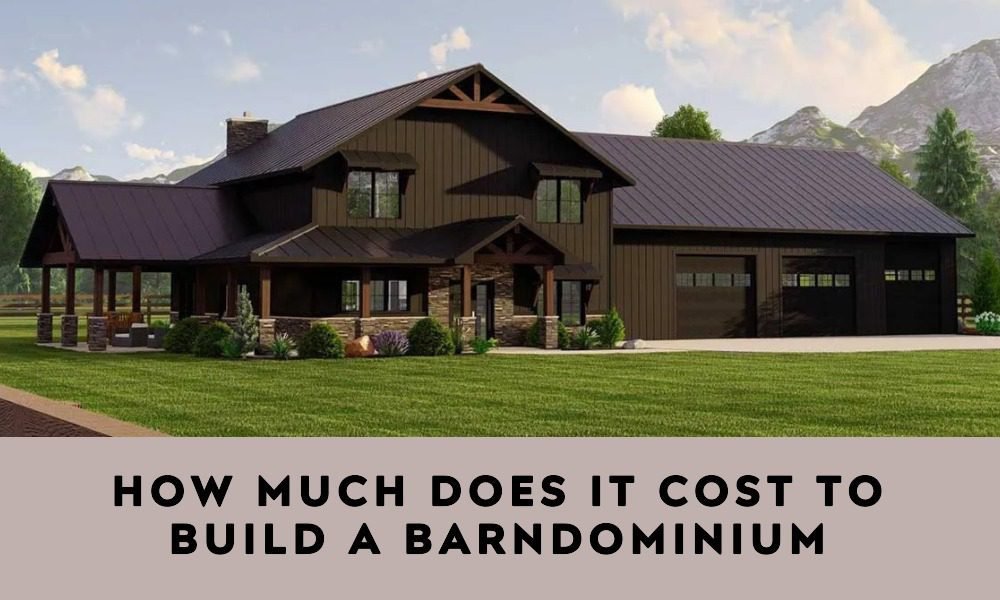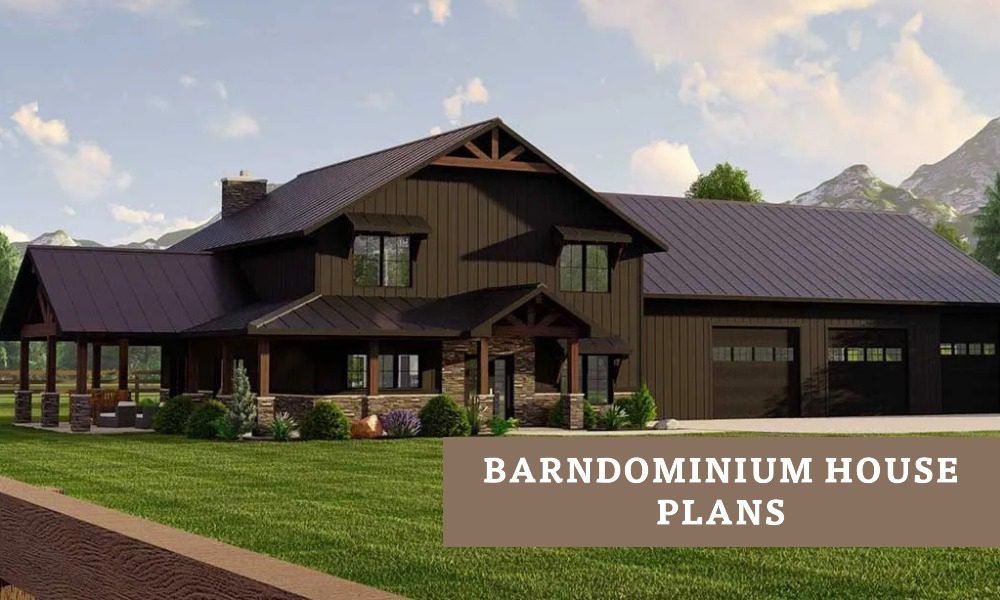
How Do I Recognise Serious Structural Problems In A House?
Your house should be built to last for much longer than your lifetime. With a little regular maintenance a concrete or even an apartment for rent will last for hundreds of years. However, this does not mean that the features inside the home will last this long.
In fact, the roof of most houses is made of wood covered with slate. Traditionally the wooden roof structure joins the walls and helps to hold them together. A weak or damaged roof can result in structural issues for your home. This is why the type of roof truss is important and why you should have a comprehensive house survey before you purchase a new home.
There are several tell-tale signs that you have a structural problem in your home, here is what you should be checking:
Table of Contents
ToggleLarge defects
Step across the road from the house and take a look at it. This is the easiest way to spot if any of the features are clearly out of line or even if the house is leaning.
A house which is lower on one side could be the victim of subsidence.
Ridge Line
While still across the street take a good look at the ridgeline of your roof. This should be straight, the roof itself should be in a good state of repair; this protects your house from the elements.
A leaking roof might not seem serious but it can quickly cause many problems inside your home. These can be expensive to fix.
Straight Edges
If you stand at the corner of the house and look down the wall you should be able to spot any obvious bulges or distortions in the wall. These need looking at further to establish what the issue is and what you will need to do to rectify it.
You’ll need to do this for every corner of your house.
Exterior Cracks
As you walk round it is important to study the alls carefully. The main concern will be cracking. You’ll need to assess any cracks to see if they are just in the rendering or potentially more serious.
A series of cracks which virtually join up can indicate a problem with subsidence or the foundations. In this case there is a good chance that the house is experiencing excessive movement.
Windows & Doors
Walk round the inside of the house, opening and closing the doors and windows as you do so. Any that are stiff or awkward to open and close need looking at further.
It could be that they have been badly hung, but it could also suggest movement in the house. In old buildings this can be harder to spot as the doors and windows might not have been straight in the first place.
This can indicate movement in the house or that it is suffering from excess damp; causing the doors and windows to swell.
Floors & Ceilings
Finally it is a good idea to look at all the ceilings; this will allow you to see any stains which could indicate a leak or some other issue. The floors should also feel strong and level; if not you’ll need to ask what’s wrong with them.





